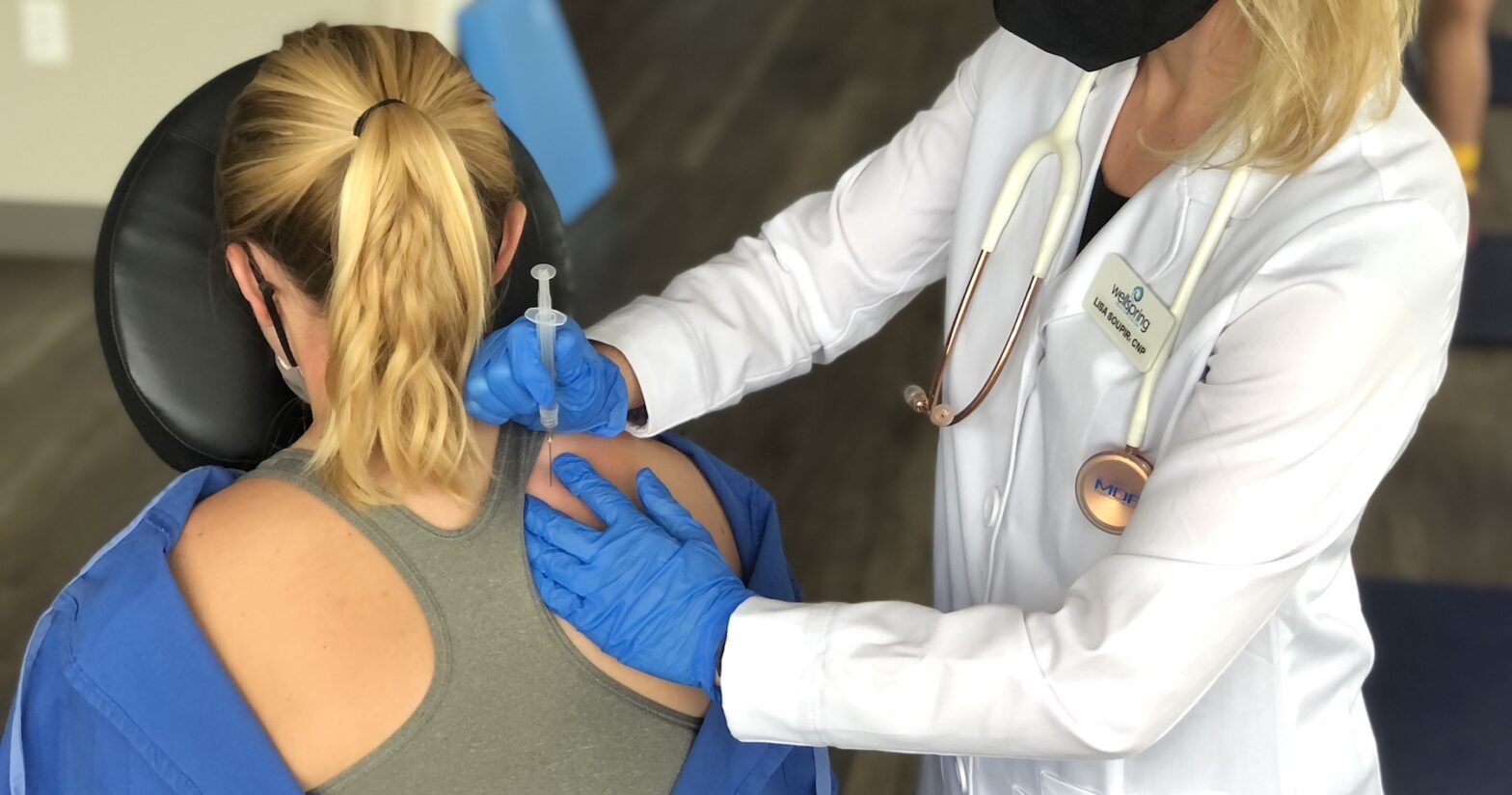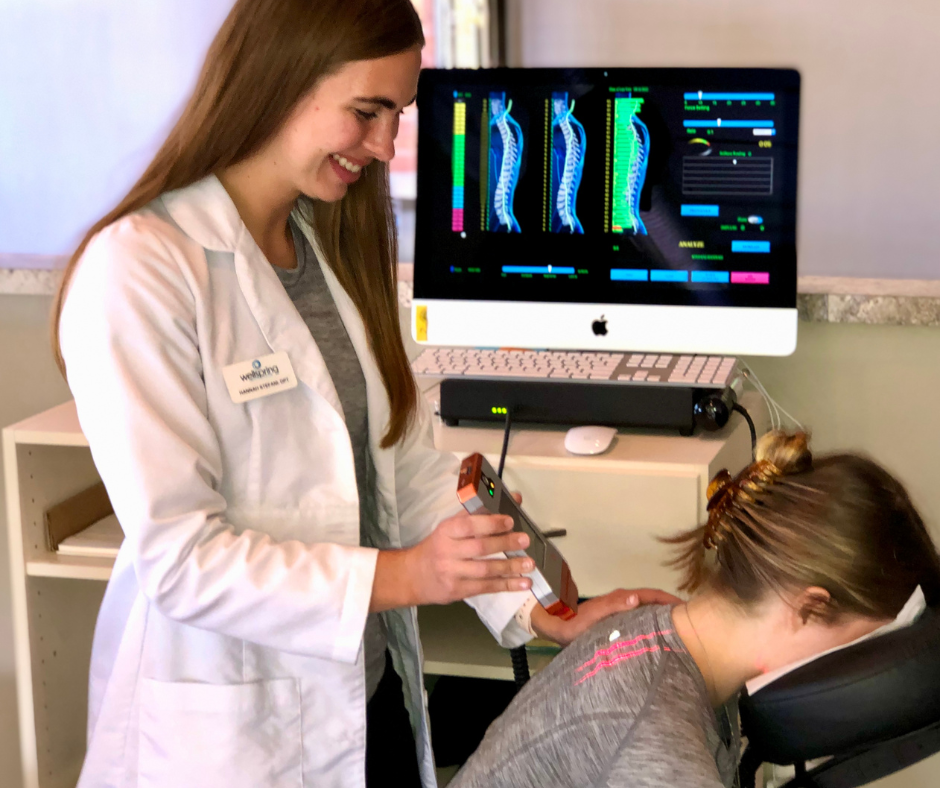Trigger Point Injections
Trigger point injections have been shown to be beneficial in treating chronic pain.
Trigger points are painful knots that form in overworked muscles and lead to pain and dysfunction. They may limit mobility, create muscular weakness, and produce referred or radiating pain to other regions of the body.
At Wellspring Health Center, trigger point injections are utilized to relax tight muscle knots by using a steroid-free local anesthetic. To provide maximum comfort, our medical provider uses a numbing spray prior to injection.
Trigger point injections work well when used in conjunction with physical therapy. The injection allows the therapist to further stretch and relax the treated muscles.
What to expect:
Before beginning any therapy, your medical history will be evaluated. Additionally, our practitioner will inquire about your allergies to medications and your use of anticoagulant medications (blood thinners), such as aspirin.
You will be asked to indicate the painful areas that are causing you discomfort and how the pain interferes with your daily activities. Our medical provider or physical therapists will evaluate your range of motion and then mark any trigger points by palpating the area.
Our medical practitioner uses a very small gauge needle and a steroid-free local anesthetic to inject the trigger points. A numbing spray will be used prior to the injection for maximum comfort. You may be in a seated or lying position for this procedure.
Following your injection, you will relax for a few minutes. After that, you will visit one of our therapists for stretching and other relevant treatments, as well as information on how to stretch the injected muscles properly at home.
Are Trigger Point Injections Painful?
To provide maximum comfort, our Wellspring medical provider will use a numbing spray over the injection site. Also, due to the numbing agents in the injection solution, the area may feel numb for up to several hours after the injection. During the next few days, you may have soreness and/or mild bruising at the injection site.
Frequency of Trigger Point Injections
You will be scheduled for a series of trigger point injections, often spaced out over a two-week period. You may get between one and six injections during each session, depending on the area and intensity of your symptoms.
Post-injection Activity:
For the first six to eight hours after the injection, you should stretch the injected muscles every 30 minutes. Throughout the following 24 hours, stretch every one to two hours.
Sore areas may be treated with an ice pack for up to 20 minutes, then wait an hour and repeat if the swelling or discomfort persists.
For the first several days after your injections, avoid engaging in any strenuous physical activity.
For a few hours after the treatment, the injected region may still be numb. A bruise may form at the injection site.
Note: If the injection is administered into the leg, ankle, or foot, you may be unable to drive due to numbness throughout the injection location. You may need transportation home.
Expected Response to Trigger Point Injections:
Each patient who receives trigger point injections has a unique response. The objective is to “stop the cycle of pain” that has prevented the patient from resuming their regular everyday routine.
Does my Insurance Cover Trigger Point Injections?
Most insurance companies cover trigger point injections, if you have tried NSAIDs and physical therapy first. We will verify and review your insurance coverage with you prior to the procedure..
Want to know if you’re a candidate for trigger point injections?
Schedule a Complimentary Consultation with Wellspring Health Center by contacting us via phone or text at (952) 933-1150, or request a consultation online using our form.




